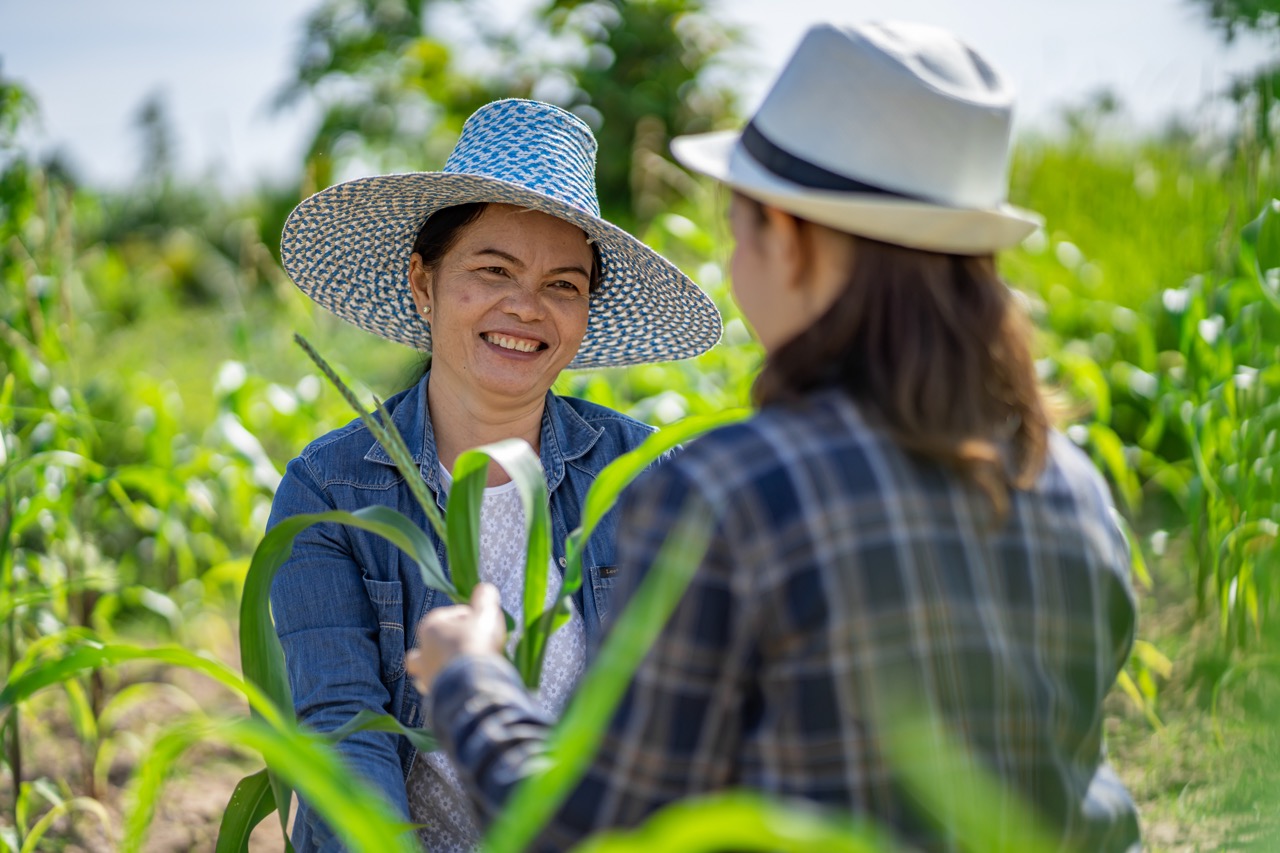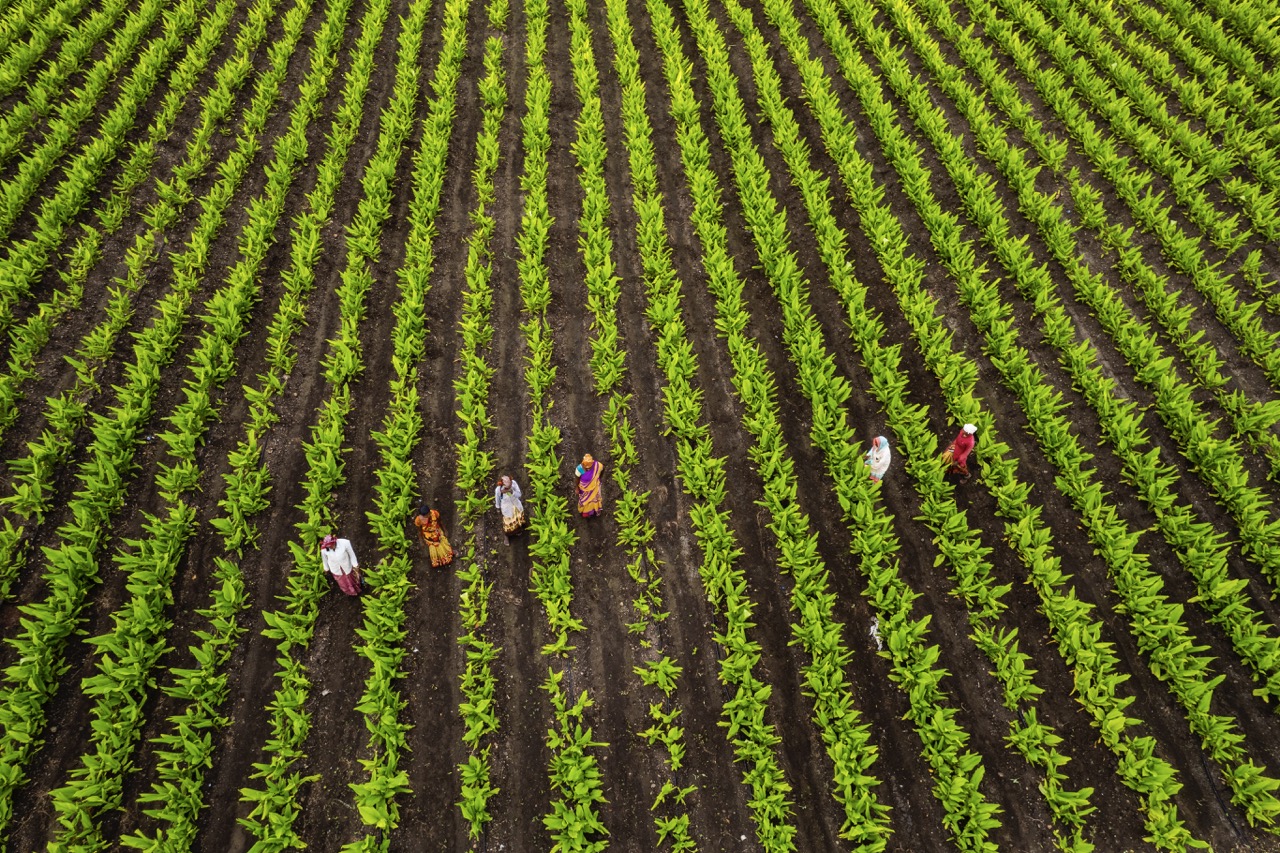Sharecropping has long been a defining feature of agricultural economies, particularly in regions where land ownership is concentrated among a few individuals. This system enables landowners to utilize their land while providing opportunities for those without land to cultivate crops in exchange for a share of the profits. However, the intricacies of calculating profit within a sharecropping agreement can often be complex. This article aims to demystify the process of profit calculation in sharecropping agreements, outlining the essential components involved, a step-by-step guide, and addressing common challenges faced by both landowners and sharecroppers.
Understanding Sharecropping: A Basic Overview of the System
Sharecropping is a system where a landowner allows a tenant to use their land in exchange for a share of the crops produced. This arrangement often arises in agricultural settings where land is abundant, but financial resources are limited. The sharecropper typically provides the labor and, in some cases, their own farming equipment, while the landowner provides the land and may also supply seeds and other necessary resources. The partnership is intended to benefit both parties; however, the terms are often influenced by the power dynamics and historical contexts of the region.
Historically, sharecropping emerged as a response to socio-economic conditions, particularly in the post-Civil War South in the United States. It allowed formerly enslaved individuals to engage in agriculture while remaining dependent on landowners, often resulting in exploitative conditions. In contemporary settings, sharecropping can still be found in various forms around the world, adapting to local economies, crops, and labor structures. Understanding the historical context of sharecropping enhances the appreciation of its economic implications and helps clarify the financial negotiations within such agreements.
In essence, sharecropping is a mutually dependent relationship where both parties seek to maximize their benefits from the agricultural process. However, the relationship can lead to disputes, particularly when it comes to profit sharing. To ensure both parties are satisfied and the relationship remains viable, clearly defined terms and calculations of profit are critical to the success of the agreement.
Key Components of a Sharecropping Agreement Explained
A sharecropping agreement typically includes several key components: the proportion of the crop to be shared, the responsibilities of each party, and the resources provided by both the landowner and the sharecropper. The most common arrangement involves dividing the harvested crops in a predetermined ratio, often based on negotiations at the start of the growing season. This ratio can vary widely depending on local customs, crop types, and market conditions.
Additionally, the agreement should specify the costs involved in production, including inputs such as seeds, fertilizer, labor costs, and any other resources that may influence the overall yield. These details are essential for calculating profit, as they determine the net income after expenses. It is also crucial to outline the responsibilities of each party concerning maintenance, harvesting, and marketing the crops to avoid misunderstandings later on.
Lastly, agreements should include dispute resolution mechanisms to address any discrepancies that may arise during the farming season. Such precautions help maintain a positive working relationship between the landowner and the sharecropper, promoting transparency and trust. These critical components create a framework that guides the operational aspects of sharecropping and lays the groundwork for accurate profit calculations.
Step-by-Step Guide to Calculating Sharecropping Profit
To calculate profit in a sharecropping agreement, begin by determining the total revenue generated from the sale of the crops. This involves assessing the quantity harvested and the market price per unit, allowing you to calculate the gross income. For example, if a sharecropper harvests 1,000 bushels of corn sold at $5 per bushel, the total revenue would amount to $5,000.
Next, identify the costs associated with production. Include all expenses incurred during the growing season, such as seeds, fertilizer, labor, tools, and any other relevant costs. Continuing with the previous example, if the total production costs add up to $2,000, this figure must be subtracted from the gross income to arrive at the net income. Therefore, in this case, the net income would be $5,000 – $2,000 = $3,000.
Finally, apply the agreed-upon profit-sharing ratio to the net income to determine the amount each party receives. If the sharecropping agreement specifies a 50-50 split, both the landowner and sharecropper would receive $1,500 each. This step-by-step approach ensures that both parties can clearly see how profits are derived and distributed according to the terms of their agreement.
Common Challenges and Solutions in Profit Calculation
Calculating profit in a sharecropping agreement can present several challenges, primarily due to fluctuating market prices and unexpected production costs. Market prices for crops can vary significantly from one season to another, impacting revenue projections. For instance, if market prices drop after the harvest, the expected profits may not materialize, leading to potential disputes over the share of the profit. To mitigate this risk, both parties should agree on a method to evaluate crop prices, such as using average prices over a specified period.
Another common challenge is the allocation and transparency of production costs. Disagreements may arise over expenses attributed to farming inputs, such as seeds and fertilizers. In some cases, landowners might not disclose all costs, or sharecroppers may inflate their expenses. To resolve these issues, it is vital to maintain accurate and open records of all production costs and revenues throughout the growing season. Implementing a system where both parties can review expenses encourages accountability and fosters trust.
Lastly, unexpected events like natural disasters or pest infestations can dramatically affect crop yields. When these situations arise, they can complicate profit-sharing calculations. To address this, both parties may consider including clauses in their agreement that outline how unforeseen events will impact profit calculations. Establishing clear protocols for such circumstances can alleviate tensions and provide a framework for fair adjustments to the profit-sharing arrangement.
Calculating profit in a sharecropping agreement is a nuanced process that requires careful attention to detail and clear communication between landowners and sharecroppers. By understanding the key components of the agreement and following a systematic approach to profit calculation, both parties can navigate the complexities of this agricultural arrangement more effectively. Addressing common challenges with proactive solutions not only fosters a healthier working relationship but also contributes to the long-term sustainability of the sharecropping model. Through collaborative efforts, sharecroppers and landowners can ensure that their partnership is beneficial and equitable for all involved.










